Since May, Pakistan-occupied Jammu and Kashmir (PoK) has been witnessing major protests driven by widespread discontent over the Pakistani government’s policies on basic amenities.
The violent uprising in PoK, which Pakistan dubiously calls ‘Azad Jammu and Kashmir’, and the Western media, including the BBC, ‘Pak-administered Kashmir’, has left Pakistan stunned. The scale and ferocity of the rebellion has caught the Pakistani authorities completely by surprise.
Islamabad attempted to enforce an information blackout in PoK by cutting off Internet access and limiting media coverage. The protest was not covered much in mainstream media. TV shows barely talked about it and newspapers did not write about it in a big way.
Despite attempts to control information from leaking out, videos of violence between locals and officials, angry speeches calling for ‘independence’, and footage of protesters, from different parts of the occupied area, meeting in Muzaffarabad—capital of PoK, located at the confluence of the Jhelum and Neelum, and serving as the regional administrative centre—were shared across the world on social media.
The so-called ‘independent’ Pakistani media downplayed a significant story—one of the most significant in a long time—from the region. Interestingly, even the Western media, known for its criticism of India’s constitutional reforms in J&K, chose to ignore the events as if nothing was taking place.
Besides problems in Balochistan, the Pashtun region and Punjab, Pakistan is also facing unrest in PoK. This shows the country is losing control over its surrounding areas and even facing trouble within its own borders.
FOUR MAIN REGIONS OF PAKISTAN
- Punjab
- Sindh
- Khyber Pakhtunkhwa, and
- Balochistan
The Pashtun region primarily falls under the administrative jurisdiction of the Khyber Pakhtunkhwa province in Pakistan. On the same day that protests erupted in PoJK, India held a peaceful election in the Union Territory (UT) region of Jammu and Kashmir that it controls. This contrast highlighted the different situations in the two areas of Kashmir.
Pictures from India’s part of Kashmir and those from Pakistan showed a marked difference. It was clear that the two areas were in very different situations. Pakistan’s primary concern was not the demands of Kashmiris under its administration, but rather how the PoK unrest had strengthened India’s position on the Kashmir issue, as a whole.
The most telling images that spoke of the anger of PoK locals against the iron Pak control over the region showed Pakistani military vehicles being set on fire and the Pakistani flag being torn down at Kohala, a major entry point from Pakistan’s Punjab province into PoK.
One of the main demands of the protesters is to completely get rid of the special benefits and privileges enjoyed by the ruling class and government officials, including judges and wealthy elites. The protesters also want to ban government officials from using vehicles larger than 1,300 cc.
POLITICAL CHAOS UNTHINKABLE
PoJK refers to the region of Jammu and Kashmir under Pakistani control. It is a disputed area claimed by both India and Pakistan and is separated from the rest of Pakistan by the line-of-control (LoC). Pakistan has two Prime Ministers. One leads the whole country, and the other is for PoK. This second role is more symbolic and is influenced by the Pak government.
The recent unrest in PoK was unthinkable just a few years ago. Earlier, this region was considered the main base for those fighting against Indian rule in Indian Kashmir. Most people had never imagined that these locals would never turn against Pakistan. The society had been radicalized, with numerous jihadist groups operating in the area. Added to that was the heavy presence of the Pakistani security forces and intelligence officials, who kept a close eye on everyone.
In 2004, in Muzaffarabad, anyone who dared to speak of visiting Indian journalists was questioned and monitored. While a few people openly supported an independent Kashmir, most just repeated what the Pak government said.
CLEAR SIGNS OF TROUBLE BREWING
However, there were signs of trouble brewing. Some Pak journalists reported that then Prime Minister Chaudhry Anwarul Haq—a symbol of the problems in PoK—had told lawmakers in Islamabad that the younger generation in PoK did not feel the same loyalty to Pakistan as their parents had. Anwarul Haq, like a similarly named former leader of Pakistan, was put in his position by the Pak Army. He got the job after previous leader Tanveer Ilyas was forced out for breaking court rules.
Even though Anwarul Haq was elected as a member of the Pakistan Tehrik-e-Insaf (PTI) party, his appointment as a leader caused a split within the party. His government was formed with the help of former PTI members who joined forces with lawmakers from the Pakistan People’s Party (PPP) and Pakistan Muslim League Nawaz (PML-N) in the Pak-administered Kashmir assembly. Not surprisingly, everyone who supported the new government was given a position of power, such as ministerial roles.
Anwarul Haq’s ‘power grab’ that put him in charge only made the problems of governing PoK worse. For years, this region’s leadership has been constantly changing, with one replacing another in a rapid cycle. The current leader spends more time in Islamabad than in Muzaffarabad, leading some to criticize him for being more of an ‘absentee leader’.
This betrayal of trust is just one of the reasons for the current unrest. The problem is that the people no longer trust their politicians because the military has been so involved in controlling the region’s politics. This has made all the major political parties seem unimportant and ineffective. No politician commands the respect, or the power, to influence people protesting in the streets. The protest leaders, who call themselves the Joint Awami Action Committee (JAAC), do not even have control over the crowds they have brought together.
Basic Needs: The PoK protests are not just about politics in the traditional sense. While the JAAC and its supporters have labelled it ‘a movement for rights’, but the real driving force is the struggle for basic necessities, such as food, water and jobs. The protests started in May 2023 when people were angry about a huge increase in electricity bills and the cost of flour. By August, things had got much worse in the region. Protesters in Rawalakot—located in the Poonch division of PoJK and proximity to the LoC—burned their electricity bills and announced they would refuse to obey government rules.
The protesters also demanded that all electricity infrastructure be removed from their farmland. The protests quickly spread to other parts of Pakistan, with large demonstrations happening across the country. Since then, the situation has been tense, and unstable.
Pakistan tried to deal with the protests in a way they often do: Ignore, as long as possible. When it, finally, had to acknowledge the problem, it made promises it did not intend to keep. Once the protests calmed down, it did not bother to follow through on their promises. If anyone tries to start the protests again, the government will use force to scare, and silence, them.
On May 9, 2024, the government arrested almost 70 people to stop a planned protest in Muzaffarabad. This was its way of preventing the protests from happening again. However, this action made people even angrier and things quickly escalated, leading to clashes in Dadyal—a town located in the Mirpur division of PoK, situated near the LoC.
WIDESPREAD REBELLION IN REGION
What happened next was a widespread rebellion across the whole region, which quickly turned violent. All attempts to stop it failed. The situation got worse when the Pakistani government sent in paramilitary forces. These forces shot and killed three or four protesters during the clashes. After the killings, the scenes were similar to those seen in Palestine, with bodies being carried through the streets and angry speeches calling for revenge.
It is clear that the economic problems people are facing are very real and serious. The economic crisis in Pakistan is also affecting people in PoK. However, because the region has relied heavily on government subsidies for wheat and electricity, the recent increases in prices for these essential items have been a huge blow. It is not as if people in PoK are being charged more for electricity than those in other parts of Pakistan. But they believe that, because electricity generated in PoK costs about 3 Pakistani rupees (PkR) per unit, it is the price they should be paying.
THE QUESTION OF ELECTRICITY PROFITS
However, after adding all fees, taxes and surcharges, they are actually being charged close to 60 PkR per unit. The people and government of PoJK also want to be paid a share of the profits from the electricity generated in the region. When things were good, these demands were not a problem. However, with Pakistan’s economy on the brink of collapse and the government struggling to deal with the growing debt in the power sector, there is not much money left to give away freebies, or heavily subsidized electricity.
INEQUALITY IN POLITICAL INSTABILITY
While the current protests are mainly about economic problems, there are also deeper issues related to how the region is governed and a lack of political freedom. These issues are helping to keep the movement going. It is mostly led by activists and business people, but almost everyone in the region supports it. The main reason for the anger in PoK, including in Gilgit-Baltistan (PoGB), is that people feel they have no control over how their region is being run.
However, Pakistan is neither willing nor able, to give the people of these two regions—PoJK and PoGB—any representation in Pakistan’s National Assembly or Senate.
Another problem for Pakistan is that, if the government gives in to the protesters’ demands, it could set a precedent for other people within Pakistan to raise similar demands. With Pakistan about to enter another difficult programme with the International Monetary Fund (IMF), the government will be forced to make even tougher decisions that will be unpopular with the people. There are reports that the government is planning to change how income tax is calculated and that they will start taxing pensions, including those of former military personnel. Electricity and gas prices are expected to increase even more. For the people, this is a serious crisis because, when the cost of basic necessities, such as electricity and food, become too high, they have no choice but to protest.
The basic understanding between the people and the government, which is supposed to ensure that the government take care of its citizens, is breaking down. When a government becomes weak, cannot even fulfil its basic responsibilities to its people and does not listen to their concerns, people feel they have no choice but to turn to violence.
For a long time, the Pakistani government has relied on force and intimidation to control its people. However, the PoK protests show this old way of governing is no longer effective. People are standing up to the Pakistani army and police and, as the protests in PoK have shown, they are capable of challenging the government’s authority. Even groups like the Tehrik-e-Taliban Pakistan (TTP) and Pashtun nationalists have expressed support for the people of PoK.
Tehrik-e-Taliban Pakistan (TTP) is a militant group operating primarily in Pakistan's tribal areas. They are often referred to as the Pakistani Taliban. Here is a breakdown of what they are:
Pashtun nationalists are people who advocate for the rights and autonomy of the Pashtun people, the largest ethnic group in Afghanistan and Pakistan.
GROWING ANGER AND FRUSTRATION
What should worry Pakistan most is that the growing anger and frustration could cause many people in PoK to reconsider their options. They might start thinking about whether it is better to remain under the control of a struggling Pakistan, or to rejoin the former state and benefit from India’s strong economy.
Recently, India’s foreign minister, S Jaishankar, was asked about PoK and the possibility of it returning to India. His response was very interesting.
He said that, when India made changes to the constitution regarding Jammu and Kashmir in 2019, no one thought it would actually happen. In short, India is closely watching what is happening in Pak-administered Kashmir and Gilgit-Baltistan. Given a chance—or charting a path of its own making—India will consider ending Pakistan’s control over these territories, which it considers to be part of its own territory.
(The author of this article is a Defence, Aerospace & Political Analyst based in Bengaluru. He is also Director of ADD Engineering Components, India, Pvt. Ltd, a subsidiary of ADD Engineering GmbH, Germany.)
![submenu-img]() After his arrest in murder case, Darshan lands in more legal trouble; Kannada star will now be charged for...
After his arrest in murder case, Darshan lands in more legal trouble; Kannada star will now be charged for...![submenu-img]() DNA TV Show: Who is the mastermind of alleged NEET-UG paper leak?
DNA TV Show: Who is the mastermind of alleged NEET-UG paper leak?![submenu-img]() Meet man who gets Rs 12.50 crore salary, runs Rs 318000 crore company backed by Ratan Tata
Meet man who gets Rs 12.50 crore salary, runs Rs 318000 crore company backed by Ratan Tata![submenu-img]() Neeraj Chopra wins gold in javelin at Paavo Nurmi Games 2024 with throw of...
Neeraj Chopra wins gold in javelin at Paavo Nurmi Games 2024 with throw of...![submenu-img]() 'Modi ji won't be intimidated': Taiwan after China objects to ties with India
'Modi ji won't be intimidated': Taiwan after China objects to ties with India![submenu-img]() Meet man who cracked NEET-UG at 50 but there is a twist...
Meet man who cracked NEET-UG at 50 but there is a twist...![submenu-img]() Meet IIT-JEE topper, went to IIT Bombay with AIR 1, got job with Rs 70 lakh salary, left it to become a…
Meet IIT-JEE topper, went to IIT Bombay with AIR 1, got job with Rs 70 lakh salary, left it to become a…![submenu-img]() 'If there is 0.001% negligence on the part of anyone it...': SC issues notices to NTA, Centre over NEET-UG
'If there is 0.001% negligence on the part of anyone it...': SC issues notices to NTA, Centre over NEET-UG ![submenu-img]() Meet doctor who cracked UPSC exam, became IAS officer but resigned after seven years due to...
Meet doctor who cracked UPSC exam, became IAS officer but resigned after seven years due to...![submenu-img]() NEET-PG 2024 admit card to be released today; check steps to download
NEET-PG 2024 admit card to be released today; check steps to download ![submenu-img]() DNA Verified: Did Kangana Ranaut party with gangster Abu Salem? Actress reveals who's with her in viral photo
DNA Verified: Did Kangana Ranaut party with gangster Abu Salem? Actress reveals who's with her in viral photo![submenu-img]() DNA Verified: New Delhi Railway Station to be closed for 4 years? Know the truth here
DNA Verified: New Delhi Railway Station to be closed for 4 years? Know the truth here![submenu-img]() DNA Verified: Did RSS chief Mohan Bhagwat praise Congress during Lok Sabha Elections 2024? Know the truth here
DNA Verified: Did RSS chief Mohan Bhagwat praise Congress during Lok Sabha Elections 2024? Know the truth here![submenu-img]() DNA Verified: Is CAA an anti-Muslim law? Centre terms news report as 'misleading'
DNA Verified: Is CAA an anti-Muslim law? Centre terms news report as 'misleading'![submenu-img]() DNA Verified: Lok Sabha Elections 2024 to be held on April 19? Know truth behind viral message
DNA Verified: Lok Sabha Elections 2024 to be held on April 19? Know truth behind viral message![submenu-img]() Triptii Dimri sets the internet on fire in black bikini in beachside photos, fans say 'bhabhi bani baby'
Triptii Dimri sets the internet on fire in black bikini in beachside photos, fans say 'bhabhi bani baby'![submenu-img]() In pics: Ananya Panday dazzles in shimmery green mini dress, poses with Gwyneth Paltrow at Swarovski event in Milan
In pics: Ananya Panday dazzles in shimmery green mini dress, poses with Gwyneth Paltrow at Swarovski event in Milan![submenu-img]() In pics: Sonakshi Sinha's black-themed bachelorette with Huma Qureshi, Zaheer Iqbal's secret bachelor party
In pics: Sonakshi Sinha's black-themed bachelorette with Huma Qureshi, Zaheer Iqbal's secret bachelor party ![submenu-img]() From Jawan to Munjya, 5 films that showcased exceptional VFX and ruled box office recently
From Jawan to Munjya, 5 films that showcased exceptional VFX and ruled box office recently![submenu-img]() In pics: Raghubir Yadav, Chandan Roy celebrate success of Panchayat season 3 with TVF founder Arunabh Kumar, cast, crew
In pics: Raghubir Yadav, Chandan Roy celebrate success of Panchayat season 3 with TVF founder Arunabh Kumar, cast, crew![submenu-img]() DNA Explainer: What is Kafala system that is prevalent in gulf countries? Why is it considered extremely brutal?
DNA Explainer: What is Kafala system that is prevalent in gulf countries? Why is it considered extremely brutal? ![submenu-img]() Lok Sabha Elections 2024: What are exit polls? When and how are they conducted?
Lok Sabha Elections 2024: What are exit polls? When and how are they conducted?![submenu-img]() DNA Explainer: Why was Iranian president Ebrahim Raisi seen as possible successor to Ayatollah Khamenei?
DNA Explainer: Why was Iranian president Ebrahim Raisi seen as possible successor to Ayatollah Khamenei?![submenu-img]() DNA Explainer: Why did deceased Iranian President Ebrahim Raisi wear black turban?
DNA Explainer: Why did deceased Iranian President Ebrahim Raisi wear black turban?![submenu-img]() Iran President Ebrahim Raisi's death: Will it impact gold, oil prices and stock markets?
Iran President Ebrahim Raisi's death: Will it impact gold, oil prices and stock markets?![submenu-img]() After his arrest in murder case, Darshan lands in more legal trouble; Kannada star will now be charged for...
After his arrest in murder case, Darshan lands in more legal trouble; Kannada star will now be charged for...![submenu-img]() Darshan arrest: Pavithra Gowda, co-accused seen smiling during investigation, furious netizens say 'no regret, no guilt'
Darshan arrest: Pavithra Gowda, co-accused seen smiling during investigation, furious netizens say 'no regret, no guilt'![submenu-img]() Meet Captain GR Gopinath, inspired Akshay Kumar's Sarfira, served in Indian Army, founded India's first low-cost airline
Meet Captain GR Gopinath, inspired Akshay Kumar's Sarfira, served in Indian Army, founded India's first low-cost airline![submenu-img]() Justin Timberlake arrested for drunk driving in New York, details inside
Justin Timberlake arrested for drunk driving in New York, details inside![submenu-img]() The Iron Claw review: Brilliant cautionary tale of parental pressure; and a tribute to wrestling's most 'cursed' family
The Iron Claw review: Brilliant cautionary tale of parental pressure; and a tribute to wrestling's most 'cursed' family ![submenu-img]() Country with most number of pyramids, it's not Egypt
Country with most number of pyramids, it's not Egypt![submenu-img]() Mukesh Ambani, Nita Ambani's son Anant Ambani and Radhika Merchant's wedding festivities to start on...
Mukesh Ambani, Nita Ambani's son Anant Ambani and Radhika Merchant's wedding festivities to start on...![submenu-img]() Glaring safety innovation: Finland adopts reflective coating on reindeer antlers to curb road collisions
Glaring safety innovation: Finland adopts reflective coating on reindeer antlers to curb road collisions![submenu-img]() Viral video: Elephant calves sleep under ‘Z++ security’ as herd protectively stands guard
Viral video: Elephant calves sleep under ‘Z++ security’ as herd protectively stands guard![submenu-img]() This man owned Rs 248 crore necklace, first Indian to buy airplane, was wealthier than Mukesh Ambani, Ratan Tata...
This man owned Rs 248 crore necklace, first Indian to buy airplane, was wealthier than Mukesh Ambani, Ratan Tata...










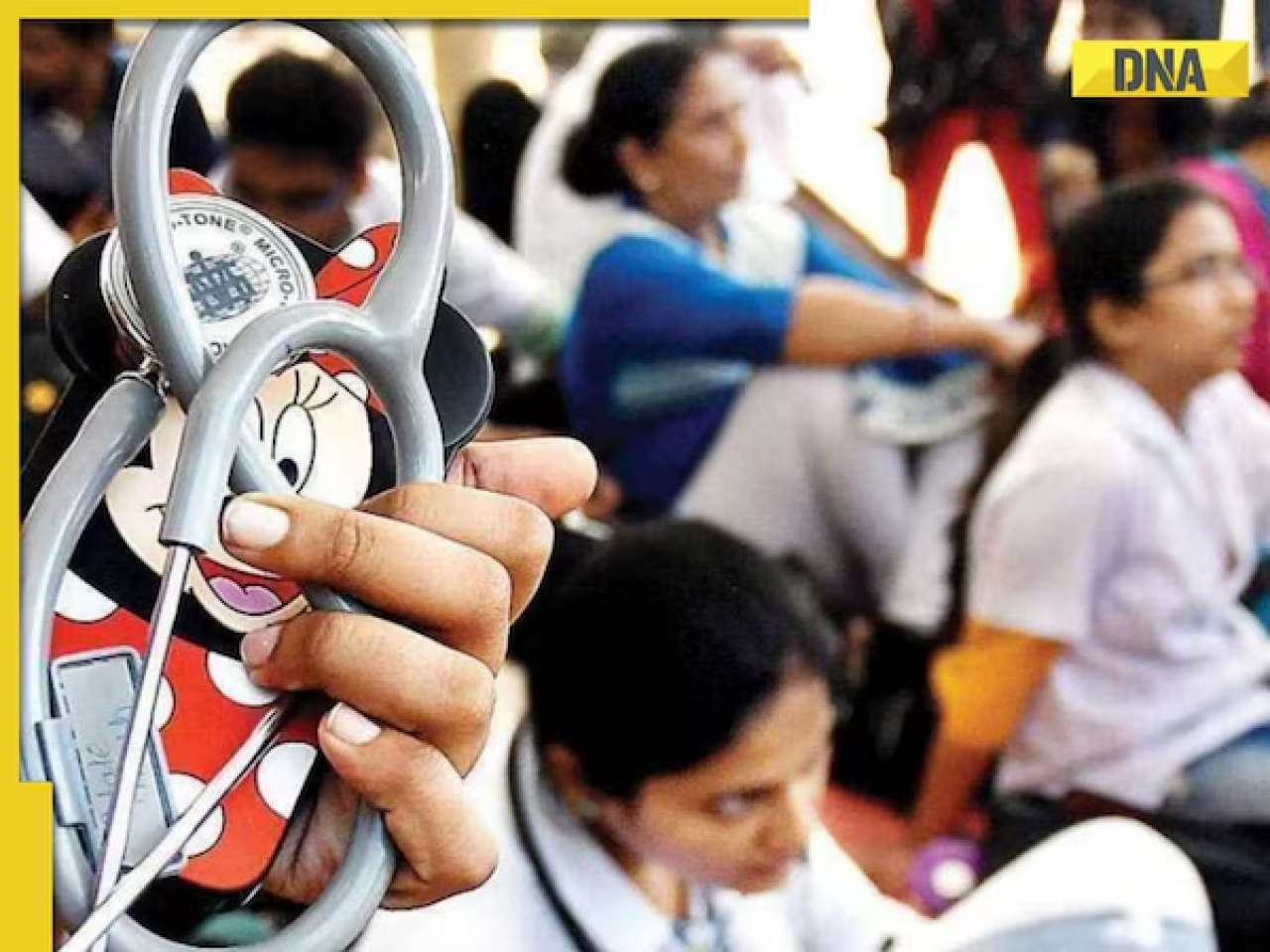




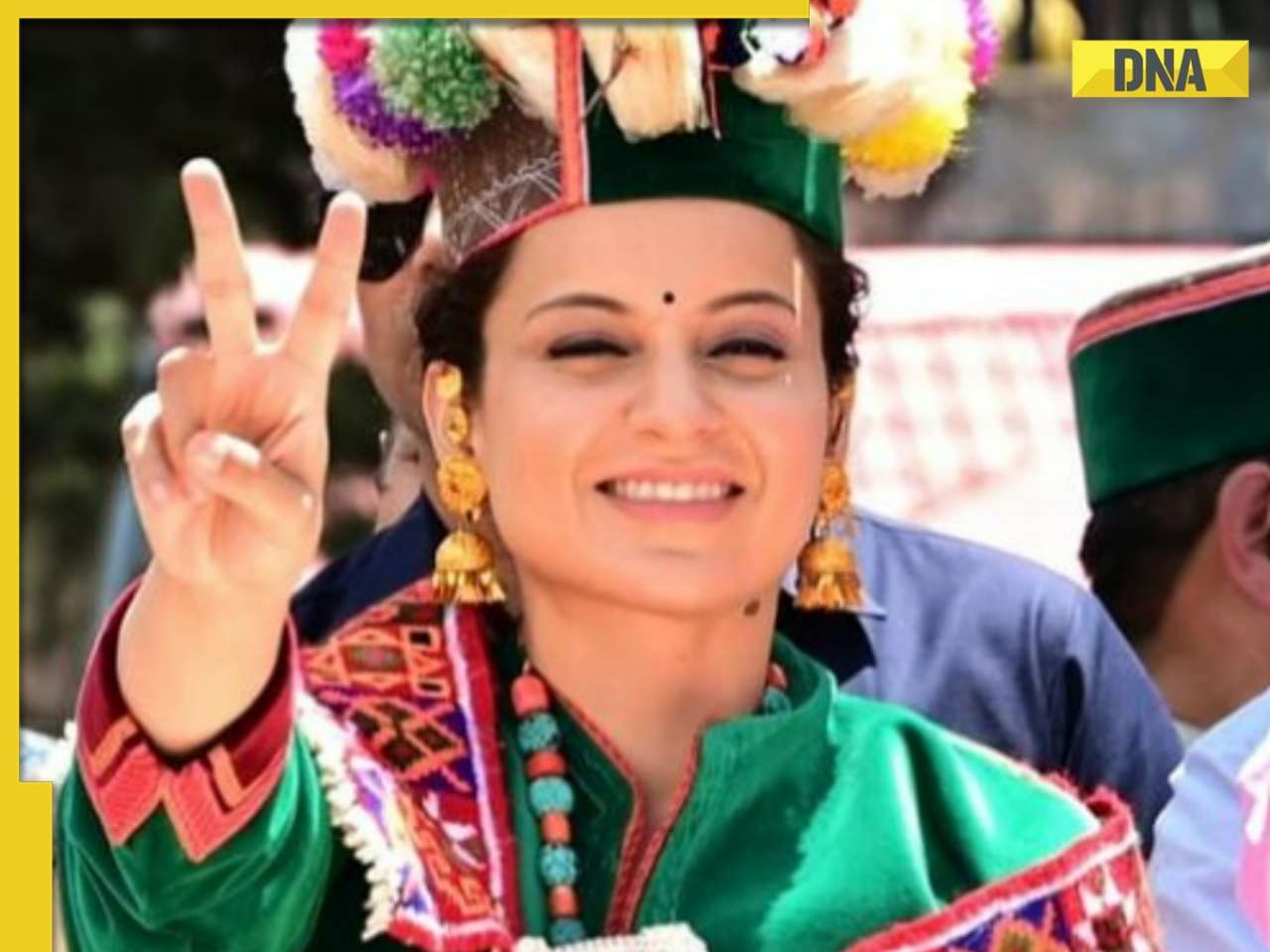



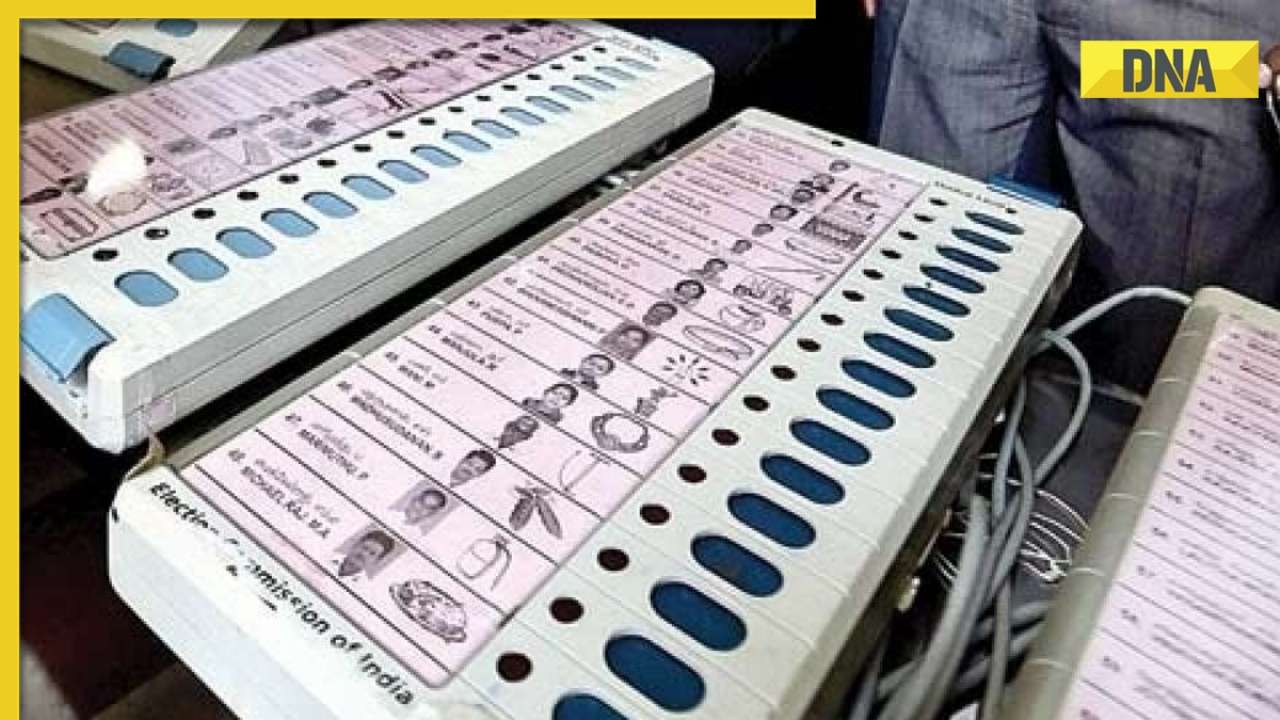









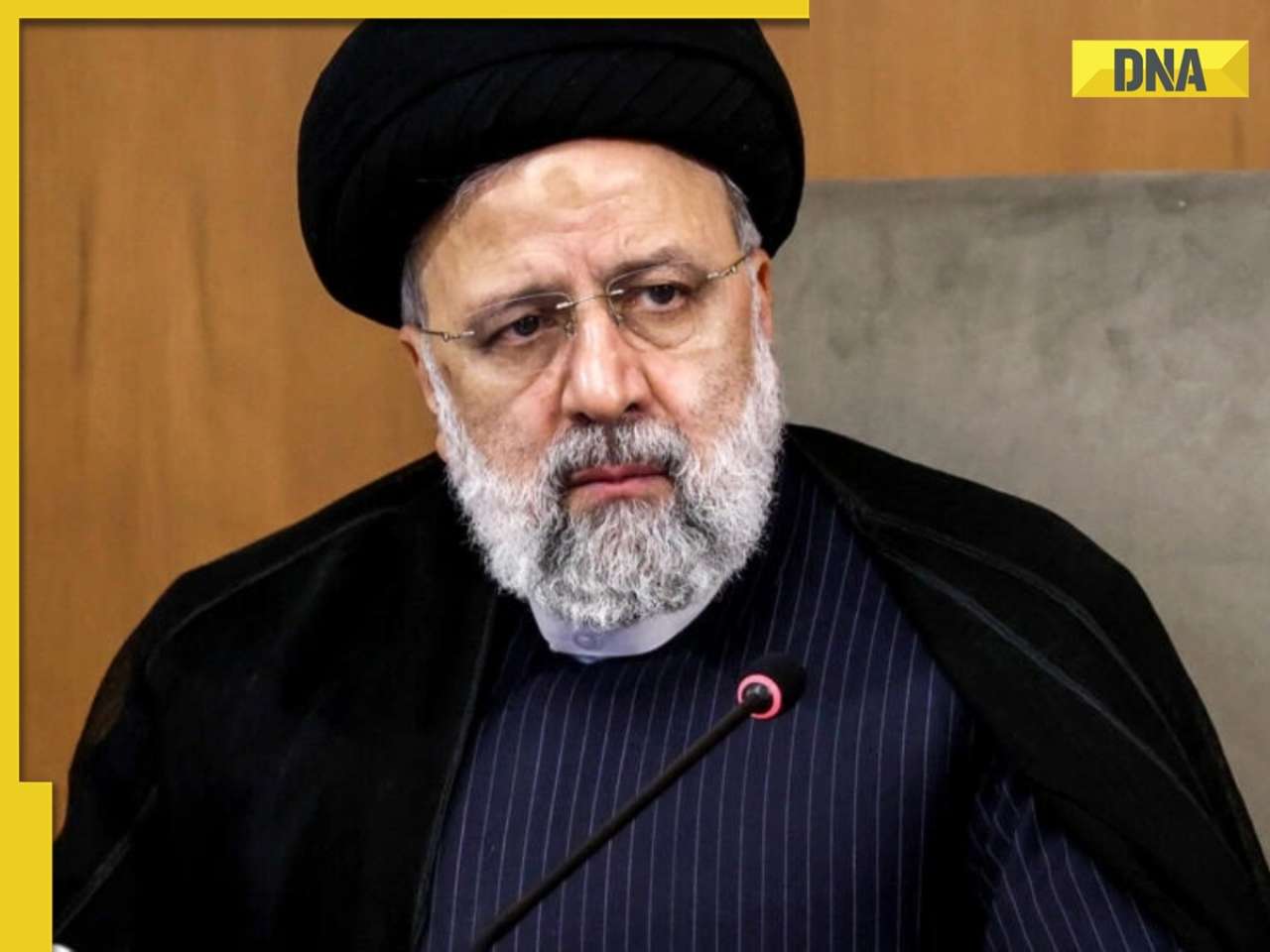






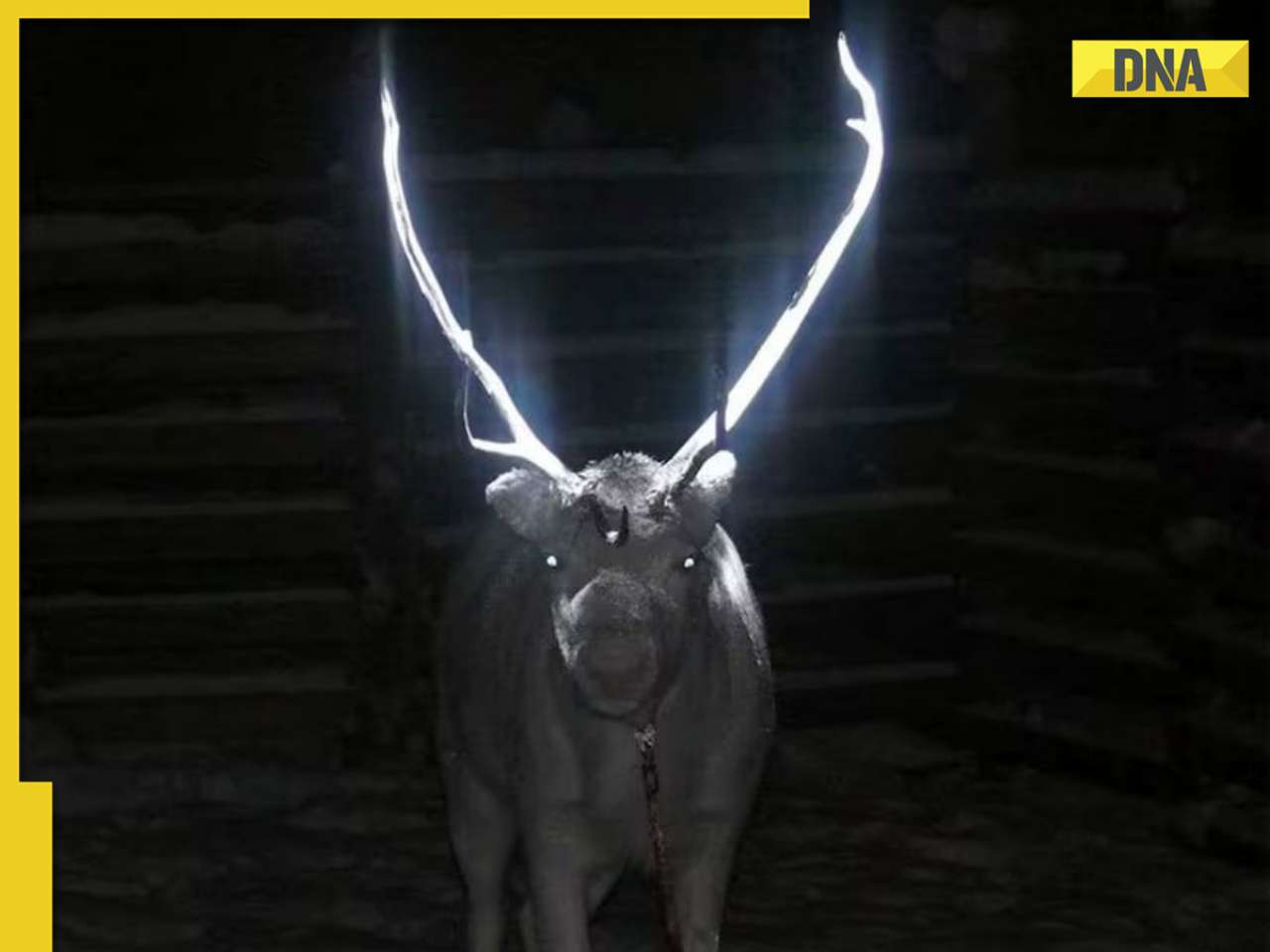



)


















)
)
)
)
)
)